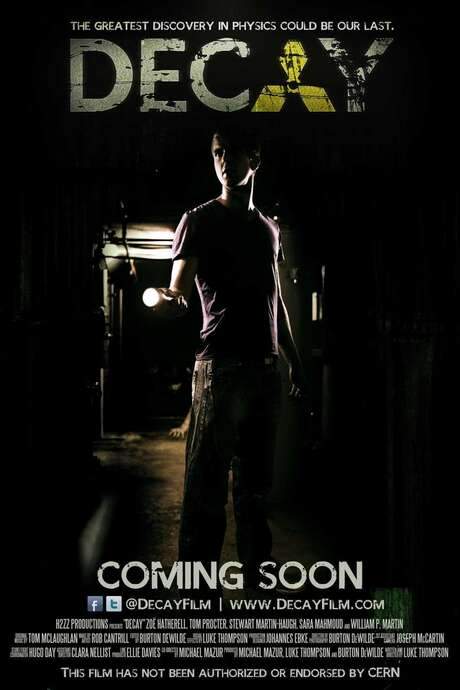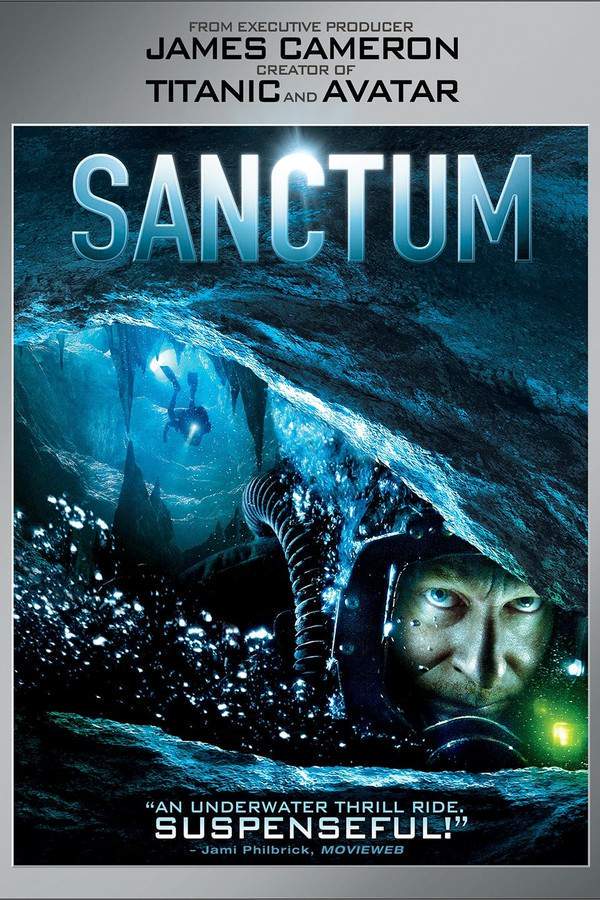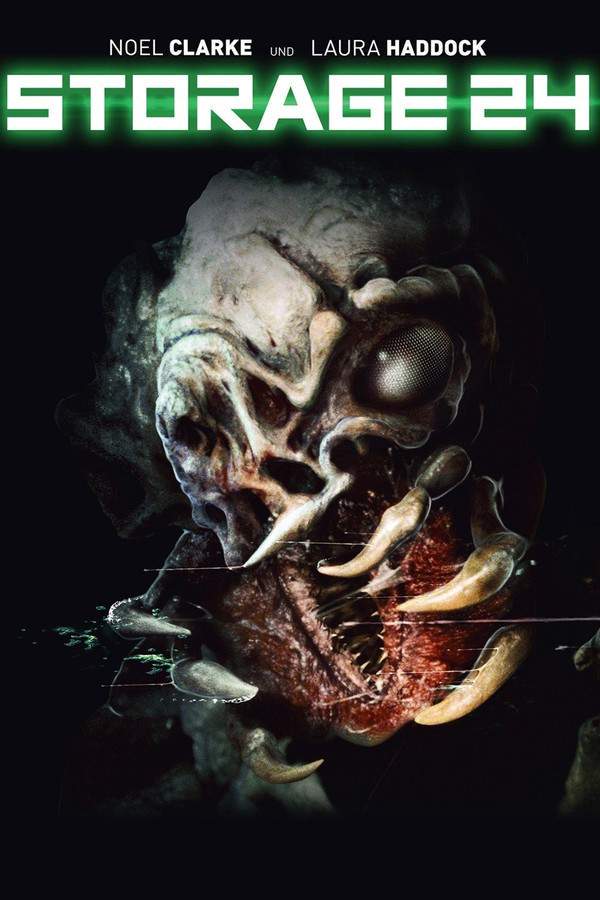
Decay
Year: 2012
Runtime: 75 mins
Language: English
Director: Luke Thompson
A malfunction at the Large Hadron Collider transforms CERN’s maintenance crew into zombies, unleashing a terrifying threat. A group of students finds themselves trapped within the facility’s extensive underground tunnels, desperately trying to evade the undead and uncover the truth behind the catastrophic event. Their scientific breakthrough may inadvertently trigger the end.
Warning: spoilers below!
Haven’t seen Decay yet? This summary contains major spoilers. Bookmark the page, watch the movie, and come back for the full breakdown. If you're ready, scroll on and relive the story!
Decay (2012) – Full Plot Summary & Ending Explained
Read the complete plot breakdown of Decay (2012), including all key story events, major twists, and the ending explained in detail. Discover what really happened—and what it all means.
In the dim maintenance tunnels beneath CERN’s Large Hadron Collider (LHC), a security guard confronts a familiar-looking intruder and, despite the warning, is shot dead. From that brutal moment, tension threads through a crisis that centers on a small team of physicists trying to understand a rapidly escalating danger.
Connor, James, Amy, and Matt are researchers posted at the LHC, working in shifts that blend data analysis with the concrete realities of a machine capable of unlocking mysteries about the universe. They’re en route to an emergency meeting whose purpose they cannot yet fathom, and the mood is uneasy. In the corridors of CERN, tensions flare between safety concerns and the driving ambition to harness the collider’s power. Dr Niven, a physics expert, argues for stopping the machine to assess safety, while the Director-General pushes forward, insisting that the Higgs boson discovery—and the LHC’s mission—must not be derailed.
Inside the conference room, they reconnect with Lisa, who’d been scheduled to be in Barcelona but shows up unexpectedly, and the Director-General explains that a beam dump from the night before has raised alarms. The beam dump traces to a quirk in a monopole magnet in a specific LHC segment, and the Director-General warns of a potential catastrophe if the anomaly recurs. Dr Niven is tasked with leading a small team to investigate and stabilize the situation, while a separate control-room crew is assembled to monitor from above.
As the team formulates a plan, Kate, the girlfriend of [James], is introduced into the circle, along with the others’ wary curiosity. Meanwhile, Amy runs a sequence of simulations on the mainframe to gauge how Higgs radiation might affect human tissue, a sobering line of inquiry that hints at a frightening reality. The simulations suggest something alarming, and yet the LHC’s monitors flicker to life as if the machine could awaken on its own—an eerie sign that something else is at play.
The situation grows suddenly perilous. In the maintenance tunnel, the team led by Dr Niven confronts a radiation hazard that pushes them toward a brutal escape. The emergency shutdown fails, the lift is out of reach, and the team finds themselves like trapped survivors beneath a ticking clock. A manual shutdown is performed, but the danger is not simply a malfunction—it feels almost like a coming calamity from the very heart of the machine. The technicians close in, and [Kate] is captured in the roiling confusion.
The group holes up in a room, using coolant to repel the advances of their pursuers. They soon discover something worse: the technicians are burned by radiation in a way that should have killed them, leaving them to stalk the corridors as if transformed. The team uncovers an interlock array that has been sabotaged, a sign that someone may have tampered with the system from within. As they press on, James is bitten, confirming that the terror extends beyond a simple emergency.
In their pursuit of help, they reach a mainframe server room. [Amy] and [Connor] race to breach the firewall and reach outside aid, but the system resists. The eerie data from Amy’s simulations becomes crucial evidence: the boson radiation could devastate the brain. The discovery reframes their enemy as more than human: the technicians are dead, or worse, transformed into zombie-like figures. As James and Amy move back into the tunnels, they encounter the Director-General’s security guard’s corpse, a grim sign of what has already happened nearby. A gun is recovered, and the team realizes the scale of the crisis.
The pursuit intensifies. [James] fights to survive as the situation spirals into chaos, and [Kate] becomes a casualty of the unfolding nightmare. The team returns to the mainframe, where [Connor] discovers that only the Director-General has the authority to delete the data. Doors unlock one by one, and the infected attack with renewed force. In a heart-wrenching turn, [James] succumbs to his injuries and becomes a zombie, forcing [Connor] to make a harrowing decision to end his friend’s life.
The living survivors—[Connor] and [Amy] among them—press toward the exit, but the undead flood the tunnels and breach external doors. The surface becomes a perilous chase as Amy fights to reach safety, pursued by the zombie swarm. She makes it to Dr Niven’s office to gather the simulation data, hoping to assemble concrete proof against the Director-General. A tense call is placed to Lisa; her voicemail answers, delaying the crucial confession and casting doubt on whether the truth will come to light.
Back at the office, the Director-General confronts the truth with a gun in hand, but the confession Amy stacks up against him lands only as a faint echo when the call fails to connect in time. The screen fades to black, and the final gunshot lingers in the silence, leaving the fate of CERN’s leadership and the true extent of the catastrophe unresolved.
In the end, the nightmare at CERN is not merely a technical failure but a moral crisis that tests loyalty, truth, and the fragile boundary between discovery and disaster. The narrative threads—ambition, risk, and the human toll of pushing science to its limits—coalesce into a stark reminder that some doors are better left closed, and some questions demand answers that may come at an immense cost.
Last Updated: October 09, 2025 at 16:07
Explore Movie Threads
Discover curated groups of movies connected by mood, themes, and story style. Browse collections built around emotion, atmosphere, and narrative focus to easily find films that match what you feel like watching right now.
Claustrophobic survival horror movies like Decay
Stories where confined spaces amplify the terror of a desperate fight for survival.If you liked the intense, trapped feeling of Decay, you'll find similar tension in these movies. This list features stories where characters are confined in underground facilities, isolated spaces, or other tight locations, fighting for survival against overwhelming threats.
Narrative Summary
Narratives typically follow a straightforward, high-stakes survival plot. Characters are introduced to a dangerous situation in a confined space and must use their wits and limited resources to endure. The story unfolds through a series of escalating threats within the boundaries of the setting, leading to a desperate final stand or escape attempt.
Why These Movies?
These films are grouped by their shared emphasis on a claustrophobic setting as a primary source of tension. They create a consistent mood of paranoia and desperation, often featuring bleak outcomes and high-intensity sequences that make the viewer feel as trapped as the characters.
Movies about scientific hubris and catastrophe like Decay
Stories where humanity's ambition to control nature unleashes apocalyptic consequences.Fans of Decay's theme of a science experiment causing a zombie outbreak will enjoy these similar stories. This collection gathers movies where a disaster is triggered by human ambition, featuring containment failures, moral crises, and the heavy cost of playing god.
Narrative Summary
The narrative pattern begins with a moment of scientific triumph that quickly turns into a cascade of failure. The story follows the creators or those nearby as they attempt to contain the disaster, often facing betrayal and moral dilemmas. The plot typically escalates towards a bleak or ambiguous ending, highlighting the irreversible consequences of the initial hubris.
Why These Movies?
These films share a core theme of scientific overreach leading to disaster. They often carry a heavy emotional weight, exploring themes of responsibility, betrayal, and survival in the face of a man-made apocalypse, creating a coherent vibe of dread and consequence.
Unlock the Full Story of Decay
Don't stop at just watching — explore Decay in full detail. From the complete plot summary and scene-by-scene timeline to character breakdowns, thematic analysis, and a deep dive into the ending — every page helps you truly understand what Decay is all about. Plus, discover what's next after the movie.
Decay Timeline
Track the full timeline of Decay with every major event arranged chronologically. Perfect for decoding non-linear storytelling, flashbacks, or parallel narratives with a clear scene-by-scene breakdown.

Characters, Settings & Themes in Decay
Discover the characters, locations, and core themes that shape Decay. Get insights into symbolic elements, setting significance, and deeper narrative meaning — ideal for thematic analysis and movie breakdowns.

Decay Spoiler-Free Summary
Get a quick, spoiler-free overview of Decay that covers the main plot points and key details without revealing any major twists or spoilers. Perfect for those who want to know what to expect before diving in.

More About Decay
Visit What's After the Movie to explore more about Decay: box office results, cast and crew info, production details, post-credit scenes, and external links — all in one place for movie fans and researchers.






























